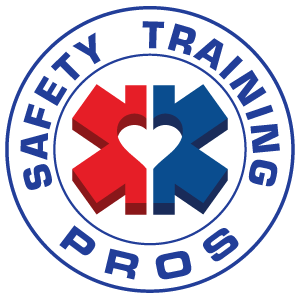Every year on August 31, National Overdose Awareness Day highlights the devastating impact of overdose, the lives lost to addiction, and the families and communities left behind. It’s a day of remembrance — but also a call to action.
The urgency has never been greater. According to the CDC, more than 100,000 people in the U.S. died from drug overdoses in a recent 12-month period, with opioids involved in nearly 75% of those deaths.
Behind every statistic is a person — a loved one, a neighbor, a friend. Overdose can affect anyone, regardless of age, race, income, or background.
What Is National Overdose Awareness Day?
This day honors those lost to overdose and acknowledges the grief of families left behind. Just as importantly, it provides a platform for:
- Education about overdose risks and prevention.
- Community engagement to reduce stigma.
- Action through harm reduction and emergency response training.
This year, take time to learn, talk openly about opioid risks, and prepare to act in an emergency.
Recognizing Opioid Overdose
Opioids — both prescription and illicit — can dangerously slow breathing and heart rate. Overdose is a life-threatening emergency, and immediate action is required.
Common signs include:
- Extremely slow or irregular breathing
- Gasping or gurgling sounds
- Unresponsiveness
- Bluish or grayish skin color
- Cardiac arrest
- Evidence of opioid use
Recognizing these signs and acting quickly can save a life.
Get Trained: Opioid Overdose Response
Safety Training Pros provides hands-on, evidence-based training that equips people with the skills and confidence to respond during an overdose emergency.
- Most of our courses — including CPR/AED and First Aid — now integrate opioid overdose recognition and naloxone administration.
- We also offer a 45-minute stand-alone “Lunch & Learn” course that focuses on overdose response and provides participants with FREE naloxone.
Participants learn:
- How to recognize the signs of an overdose.
- How to act in an emergency.
- How to safely administer naloxone (nasal spray or atomizer).
- What to do after naloxone is given.
Why This Training Matters
Hesitation costs lives. Many people fear “doing the wrong thing,” but training builds confidence and competence. Laws in many states also protect those who administer naloxone or call 911 in good faith during an overdose emergency.
Act This Overdose Awareness Day
- Get trained. Take a Safety Training Pros course.
- Reduce stigma. Talk openly and compassionately about substance use.
- Remember. Attend local events or vigils.
- Spread awareness. Share facts and resources.
- Support your community. Volunteer or help provide naloxone access.
Overdose deaths are preventable. By equipping individuals with skills and naloxone, we can save lives. This August 31, commit to action — because behind every statistic is a human story.
